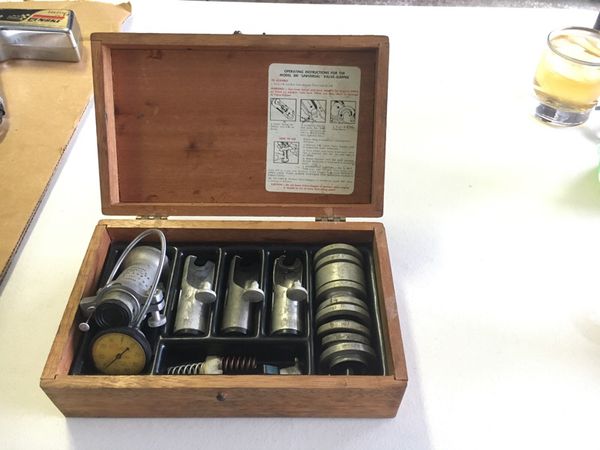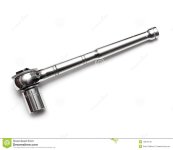Interesting, I recall learning to use a go-no-go feeler gauge while lying under one of my air cooled VWs adjusting the valves back in the '70s. I'd use the regular blade for the spec (.004" intake, .006" exhaust) then check it with the go-no go gauge to make sure I got it right.
Also adjusted valves on my '80 Honda Civic same way and my '82 Mazda 626 (that one was a pain because they had to be done hot, the Honda and VWs could be done cold). I had 2 Toyotas with the shim & bucket design but luckily never had to change any of them, a special tool is needed to compress the bucket, pull out the shim and then you mike the shim to determine which ones to buy if the clearance is off. This system is used by many outboards and I bet hardly anyone ever does this, unless the lifters get noisy.
The whole point....is.....thank God for GM Hydrualic lifters! Set em once and you're good!




